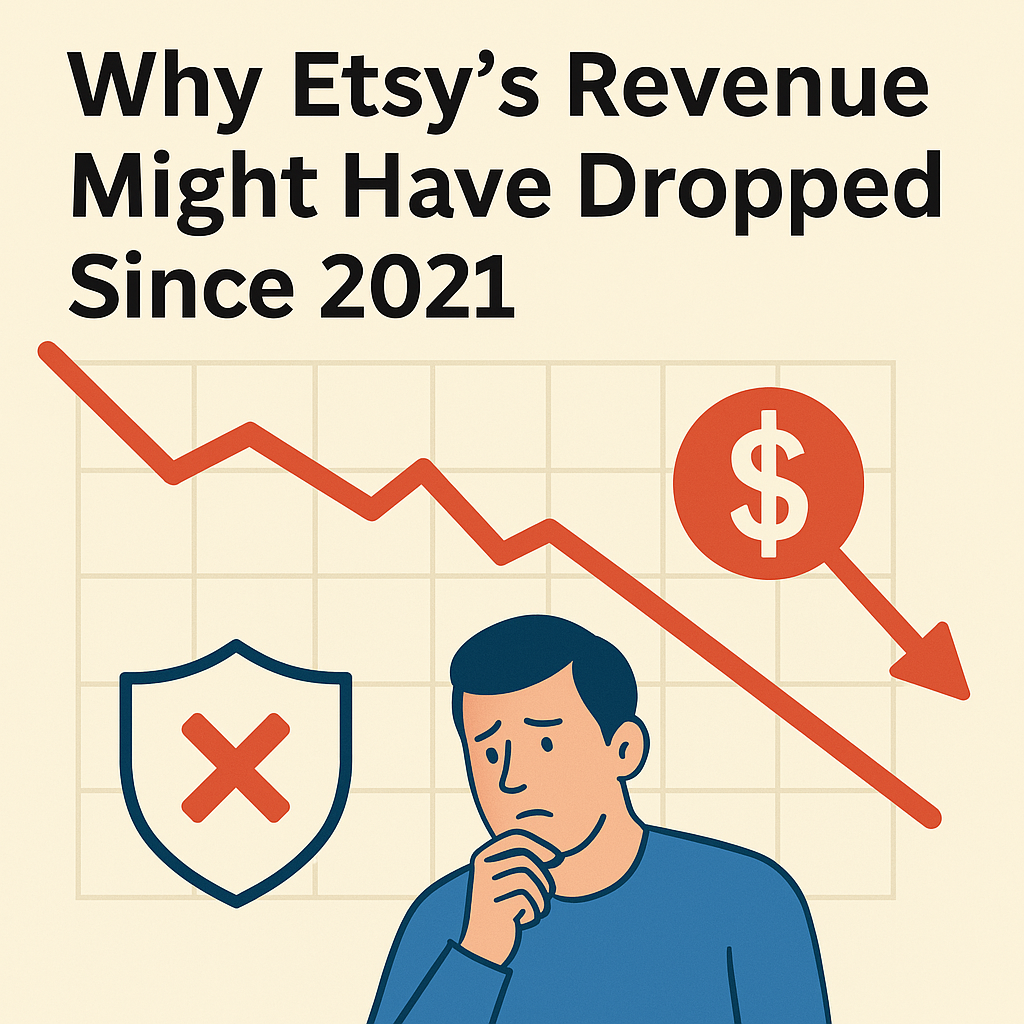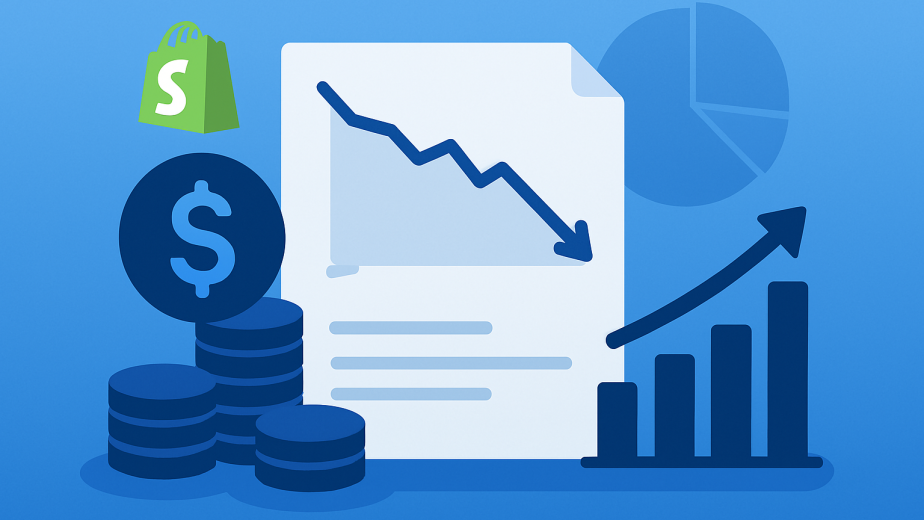Etsy has long been a haven for creators, crafters, and small business owners who want to sell unique handmade products online. But since its peak in 2021, Etsy’s revenue growth has slowed — and in some areas, it’s even dipped. While many point to broader market trends like post-pandemic normalization or increased competition, there might be something more subtle at play: fraud prevention systems that could be blocking good customers.
Let’s explore what might have gone wrong — and how a smarter fraud prevention approach, like FraudSlash, could have helped avoid it.
📉 The Revenue Dip: What Changed After 2021?
Etsy’s gross merchandise sales (GMS) surged during the pandemic, when lockdowns pushed people to shop online more than ever. But after 2021, things cooled down. That’s understandable. However, some sellers noticed something else: fewer sales, delayed approvals, and more disputes over account holds.
In 2022, Etsy made Etsy Payments mandatory for all sellers. That means all transactions must go through Etsy’s internal payment system — which also means Etsy’s fraud detection system is now the gatekeeper for every buyer and seller interaction.
And here’s where things might have started going sideways.
🔍 Fraud Prevention Gone Too Far?
When you rely heavily on automated fraud systems, there’s a delicate balance: stop the bad actors, but don’t block the good ones. Unfortunately, many Etsy sellers and buyers have reported sudden account bans, withheld funds, and rejected purchases — with little explanation.
It’s possible that Etsy’s fraud detection models are overcorrecting — flagging legitimate users as suspicious. If too many good customers are being turned away or sellers are getting throttled, that’s a quiet but steady leak in revenue.
In other words: Etsy might not be losing revenue due to fraud — it might be losing it due to false positives in their fraud detection.
💡 Enter FraudSlash: A Smarter Approach
Imagine if Etsy had used a system like FraudSlash, which focuses not just on stopping fraud but on scoring and understanding each customer in real time — with a goal to approve more good users, not just block the bad ones.
FraudSlash uses contextual signals and hyperlocal insights to decide:
- Is this a first-time user from a trusted IP and device?
- Does the behavior match that of a legitimate shopper, even if the card is new?
- Is the seller pattern consistent with typical small-business behavior?
Instead of playing it safe and denying uncertain users, FraudSlash lets you make risk-aware decisions — approve with conditions, rather than outright decline.
💸 The Cost of Being Too Cautious
If even 0.5% of legitimate transactions are wrongly blocked each day, and each one could have led to a $30 sale, that’s:
- 500 missed transactions × $30 = $15,000/day lost
- Over a year, that’s $5.4 million in lost revenue
This is speculative, of course — but when applied across a platform the size of Etsy, the cost of false positives can snowball quickly.
🎯 The Big Lesson
We can’t say for sure what’s happening behind Etsy’s curtain, but it seems like the move to mandatory Etsy Payments and a strict internal fraud system might have created some unexpected friction. If true, it’s a classic case of protecting the platform at the expense of growth — a cautionary tale for any marketplace.
With a solution like FraudSlash, platforms can do both:
- Protect against fraud
- While making sure they don’t lose the good customers in the process
📌 Closing Thought
Fraud prevention isn’t just about stopping loss — it’s about enabling trust. And trust starts by recognizing your good customers, not scaring them away. If Etsy had used a system that focused on smart approvals instead of aggressive rejections, maybe the story would’ve been different.



